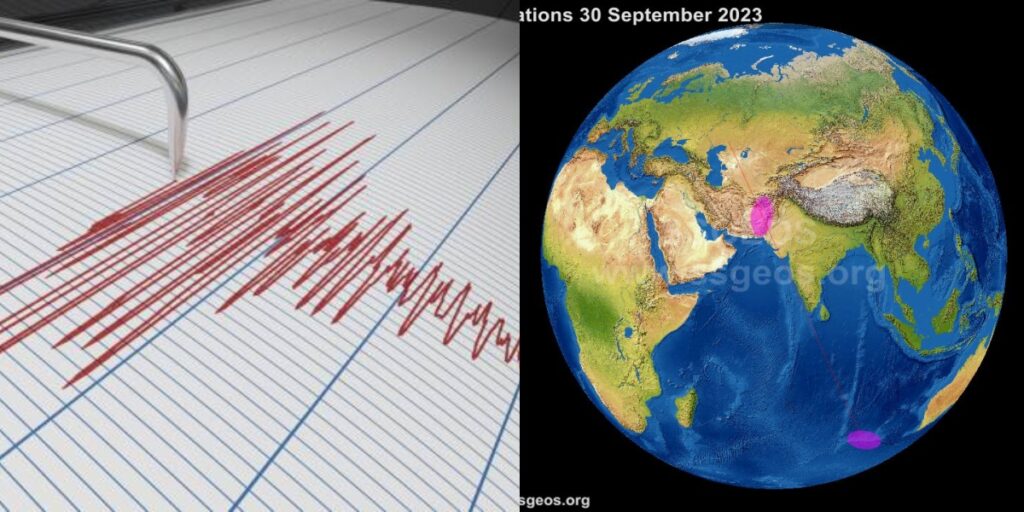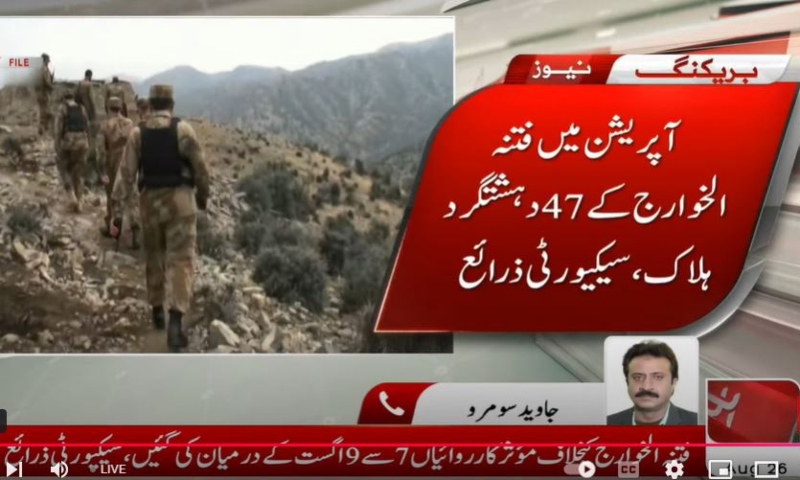- Web Desk
- 37 Minutes ago

Here’s the truth behind the Dutch scientist’s Pakistan earthquake prediction
-
- Hum News
- Oct 02, 2023

Web Desk: Dutch scientist Frank Hoogerbeets on Monday predicted a strong earthquake in Pakistan in the next 48 hours.
Hoogerbeets, while quoting a tweet from the Solar System Geometry Survey (SSGEOS) wrote, “Planetary geometry is difficult to interpret with four conjunctions spread out over the next 10 days. As far as I can tell, 1-3 October will be more critical.”
The prediction said that a significant increase in electrical activity occurred along the fault lines in Balochistan’s Chaman, raising concerns about the possibility of a strong earthquake in Pakistan.
Planetary geometry is difficult to interpret with four conjunctions spread out over the next 10 days. As far as I can tell, 1-3 October will be more critical. https://t.co/Cao2VExGNB
— Frank Hoogerbeets (@hogrbe) September 29, 2023
Read more: Fire breaks out at a house in Rawalpindi
What Pakistan’s National Seismic Monitoring Centre says:
According to NSMC, there was an earthquake along the Chaman fault line in 2013, according to the authorities, it is impossible to forecast when the next one will happen.
In response to inquiries on the Dutch scientist’s prediction, NSMC officials stated that while a fault line may trigger an earthquake, it is impossible to predict it with any degree of accuracy when it would happen.
Pakistan Meteorological Department:
The Met Office while rejecting the claims said that it is impossible to predict the exact moment and location of an earthquake.
According to the PMD, Pakistan is located at the boundary of two large tectonic plates that extend from Sonmiani to the country’s northern portion and earthquakes can happen anywhere within these borderlines.
As per PMD, the Chaman fault line experienced a massive earthquake with a magnitude of 9 to 10 in 1892, and in 1935, another devastating earthquake struck the Chiltan range, resulting in thousands of casualties. The Met Office suggests that there is a likelihood of another earthquake along this fault line approximately once every 100 years.
“We have not received any kind of warning or instructions from any international organisation regarding earthquake,” the statement issued by Met Office read.






